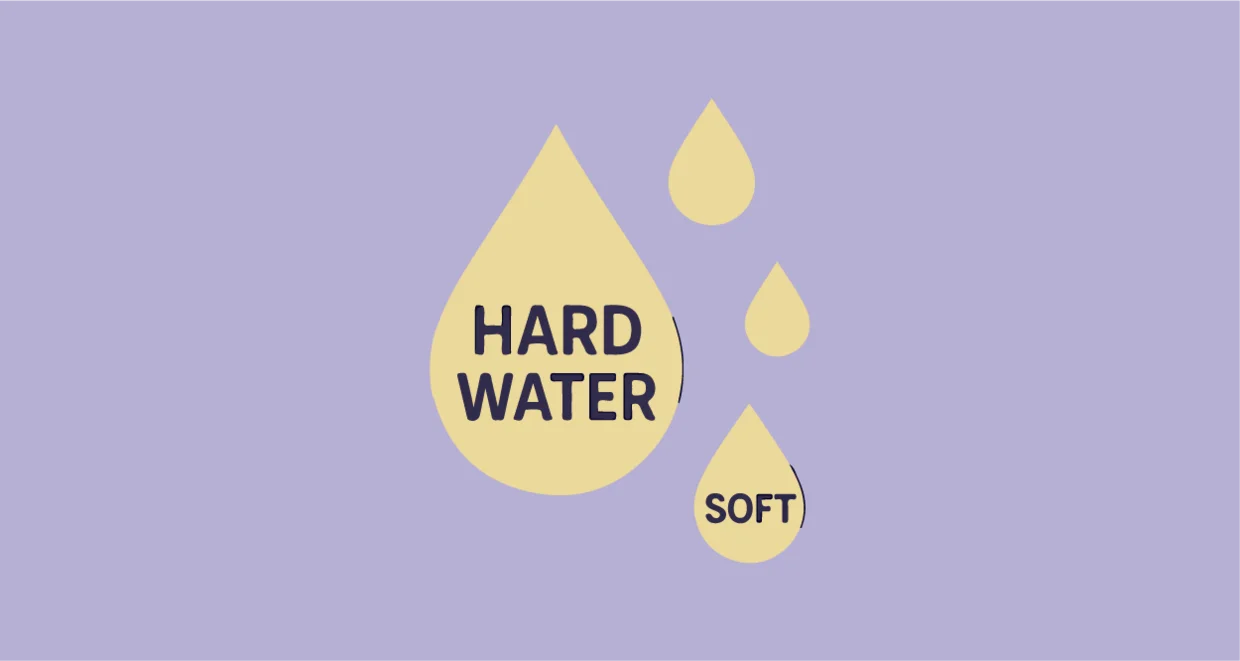Hard Water vs. Curly Hair: How to Adapt Your Routine for Healthier Curls

How Water Quality Shapes Your Curly Hair Routine (And What to Do About It)
Hey curl friends! Did you know the water flowing from your showerhead could be the hidden culprit behind frizz, dullness, or stubborn buildup? While the Curly Girl Method (CGM) often focuses on products and techniques, water quality plays a starring role in your curl health—and it’s time we talk about it!
Hard vs. Soft Water: What’s the Difference?
Hard Water: Contains high levels of minerals like calcium and magnesium. Common in areas with well water or limestone bedrock.
Soft Water: Treated to remove minerals, often through salt-based systems.
Your hair reacts differently to each type, and understanding this can transform your routine.
How Hard Water Affects Curly Hair
Mineral Buildup: Minerals cling to hair, creating a barrier that blocks moisture and products from absorbing.
Frizz & Dryness: Cuticles stay raised, making curls prone to tangles and dullness.
Color Fading: Dyed curls may lose vibrancy faster due to mineral deposits.
Signs You Have Hard Water:
Soap doesn’t lather well.
White residue on showerheads or hair tools.
Hair feels “coated” even after washing.
How Soft Water Affects Curly Hair
Better Lather: Products foam more easily, which can lead to over-cleansing if you’re not careful.
Potential Slipperiness: Some find hair feels overly soft or lacks volume.
Product Adjustment Needed: You might need lighter formulas, as soft water can make products feel heavier.
Adapting Your Routine to Your Water Type
For Hard Water:
Chelating Clarifier: Use a mineral-removing shampoo monthly to dissolve buildup (look for ingredients like EDTA or citric acid).
Acidic Rinse: A diluted apple cider vinegar rinse (1 tbsp ACV + 1 cup water) helps smooth cuticles and restore shine.
Moisture Boost: Hard water can dehydrate curls—lean into deep conditioners and leave-in sprays.
For Soft Water:
Gentle Cleansing: Swap to low-poo or co-wash more often to avoid over-stripping natural oils.
Lightweight Products: Avoid heavy creams or butters that might weigh down curls.
Volume Tricks: Use root-clipping or diffusing to combat flatness.
Quick Fixes for Travel or Temporary Changes
Shower Filter: Affordable and easy to install, these reduce minerals in hard water.
Bottled Water Rinse: For a hydration reset, rinse hair with filtered water post-wash.
Pre-Wash Spritz: Apply a leave-in conditioner before showering to create a barrier against minerals.
Myth Buster: “All Filters Are the Same”
Nope! Most shower filters target chlorine (great for color-treated hair), but only chelating filters tackle hard water minerals. Check labels before buying!
Why This Matters for CGM
Mineral buildup from hard water can make even the most CGM-friendly products feel ineffective. Conversely, soft water might leave your hair too clean, disrupting natural oils. Adjusting your routine to your water type ensures your curls get what they need—no guesswork required.
Final Tip: Test Your Water
DIY Test Kits: Available at hardware stores or online.
Local Water Reports: Check your municipality’s website for water quality data.
Knowledge is power, curl friends! Once you understand your water, you can tweak your routine for bouncier, happier curls